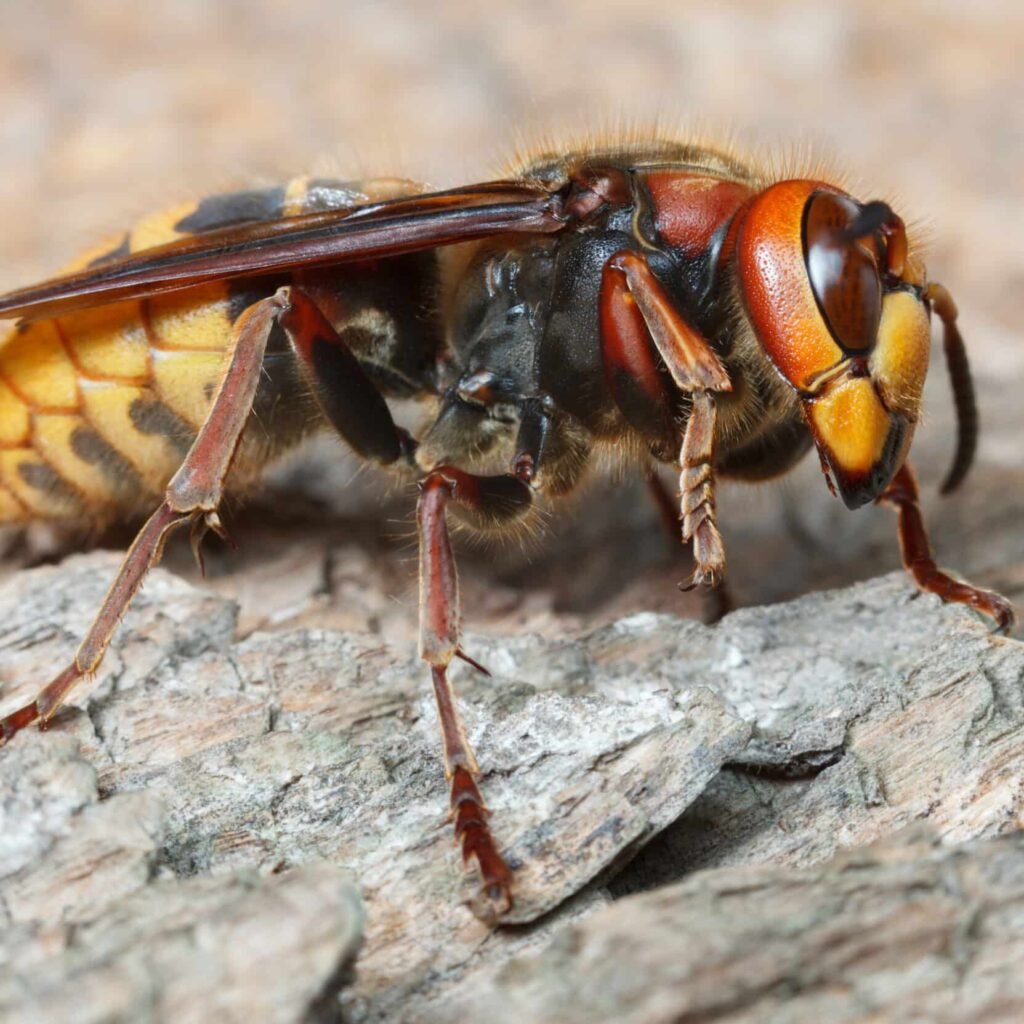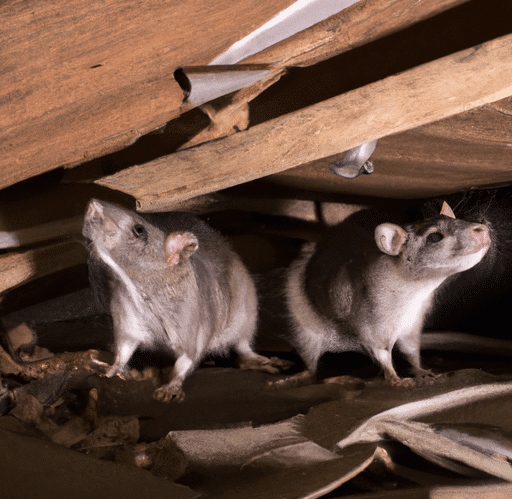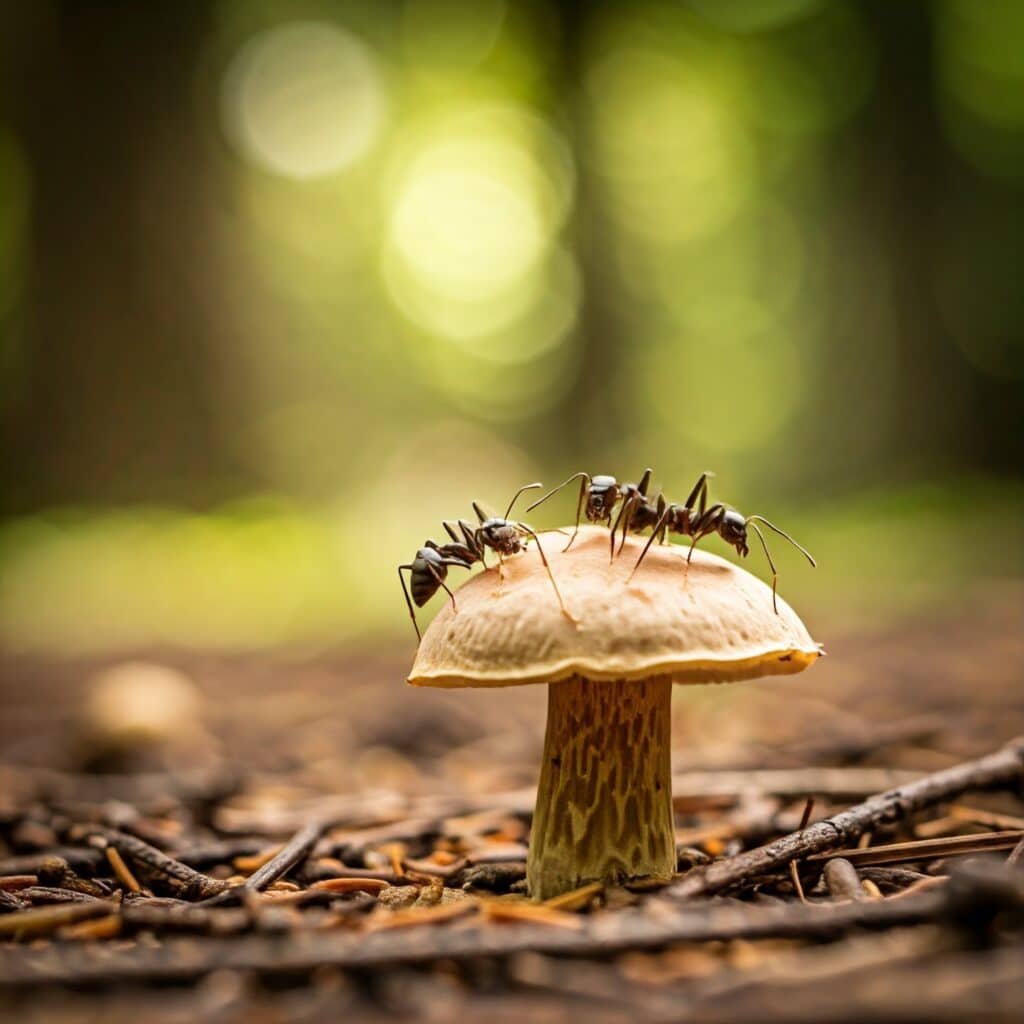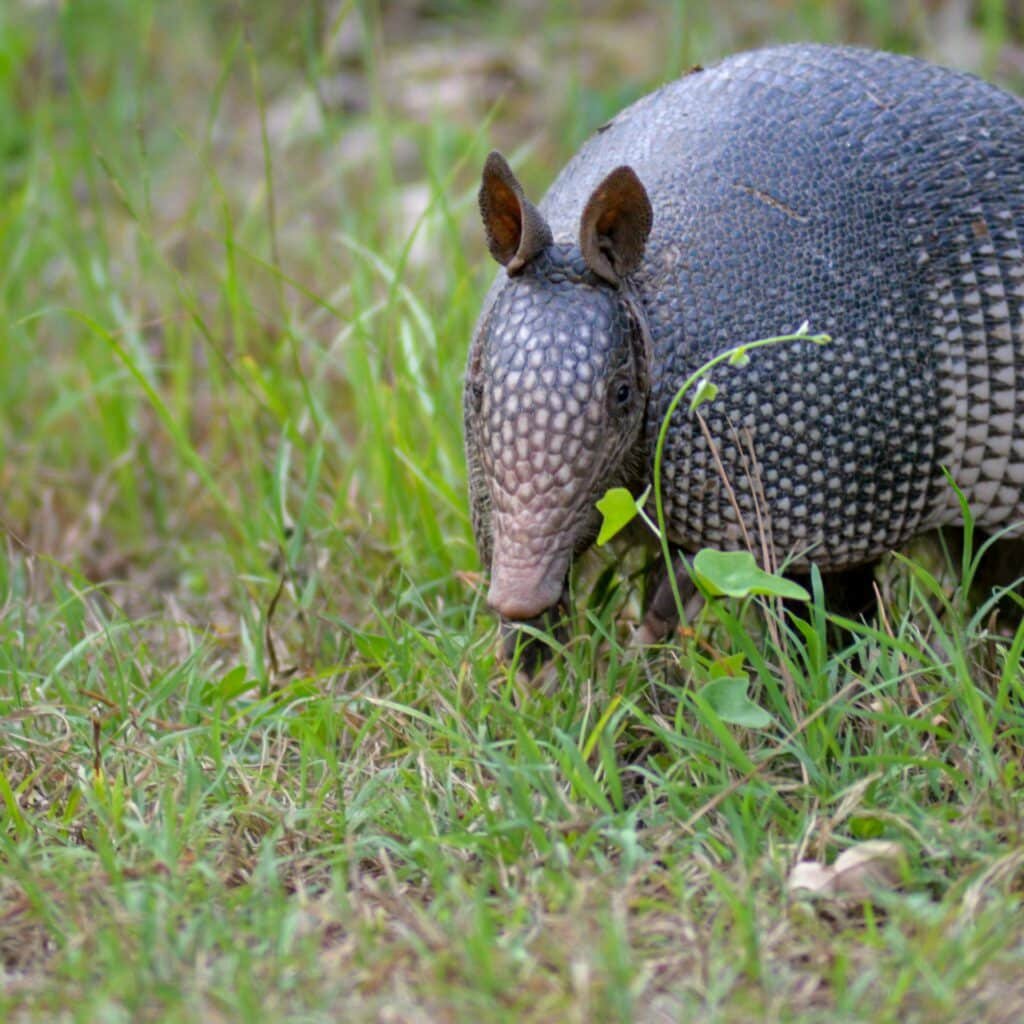Scurrying Squirrels: The Nutty Tree-Dwellers

In the United States, squirrels are abundant, with approximately 200 million individuals populating the country. While they can be found throughout the US, they are most active in wooded areas, parks, and suburban neighborhoods with ample trees. Texas, once known to be home to as many as 6.89 squirrels per acre in the early 90’s […]
Mole Madness

Mole Madness: moles are mysterious, subterranean creatures, and far more common than you might think. With an estimated population of millions across the United States, these tiny tunnelers can be found in almost every state. While they’re active year-round, their most frenzied digging occurs during the spring and fall when they’re searching for food and […]
Stopping the Rat Race Rodent Control

Rats, those pesky rodents, are a ubiquitous presence in many parts of the world, including the United States. With an estimated population in the billions, these adaptable creatures can thrive in a wide range of environments, from urban jungles to rural landscapes. This is where the term rat race comes from, all of these rodents […]
Hornets Havoc: What’s All The Buzz About?

These bold, black and yellow insects strike fear in people all across the US. But before you grab the nearest fly swatter, let’s talk about the role that hornets play in our world. Personally, I have dealt with bald faced hornets when I worked trimming Christmas trees one summer. These hornets were both fasinating and […]
Restricting Roof Rats

Roof rats are not to be confused with its sewer-dwelling cousin, the Norway rat. The roof rat is a nimble acrobat of the rafters, a midnight marathon runner on your roof shingles. While their nocturnal adventures may go unnoticed, their presence can spell trouble for your home. But fear not, this guide will help you […]
Antics of Ants

Ants, those tiny, industrious insects, can quickly become unwanted houseguests. With their ability to form large colonies and their persistent foraging behavior, these pests can be a real challenge to control. Each ant species acts differently and a method that works for one may not work for another. Oftentimes, homeowners face challenges with getting these […]
Mighty Mice

Mighty mice, those tiny terrors with disproportionate appetites, are ubiquitous across the United States. These nocturnal creatures are most active during the cooler months when they seek shelter from the elements. Though here in Texas, we see activity in the summer as well as they seek an escape from our harsh summers. While they can […]
Unveiling the Secrets of the “Armored Architects”

They’re the walking tanks of the Texan plains, the champions of the dirt dive, and the bane of perfectly manicured lawns. Yes, we’re talking about armadillos aka armored architects, the official Texas state small mammal. These quirky creatures have a skill for digging and a surprising fondness for fire ants, the unofficial most annoying insect […]
Dear Me: Deer Everywhere

Dear me: Deer everywhere! These graceful grazers, masters of camouflage, and known for notoriously dashing across the road directly in front of your car! These hoofed herbivores are a familiar sight across most of North America, in backyards, forests, fields, and everywhere in between. Deer by the Numbers: Widespread and Wonderful There are over 300 […]
The Sticky Situation: Glue Boards for Pest Control

Glue boards (aka glue traps) are a seemingly simple pest control method that have been a controversial topic for years. Their ability to capture a wide range of pests, from rodents to insects, without the use of harmful chemicals has made them a popular choice for many. However, the ethical implications of their use have […]
